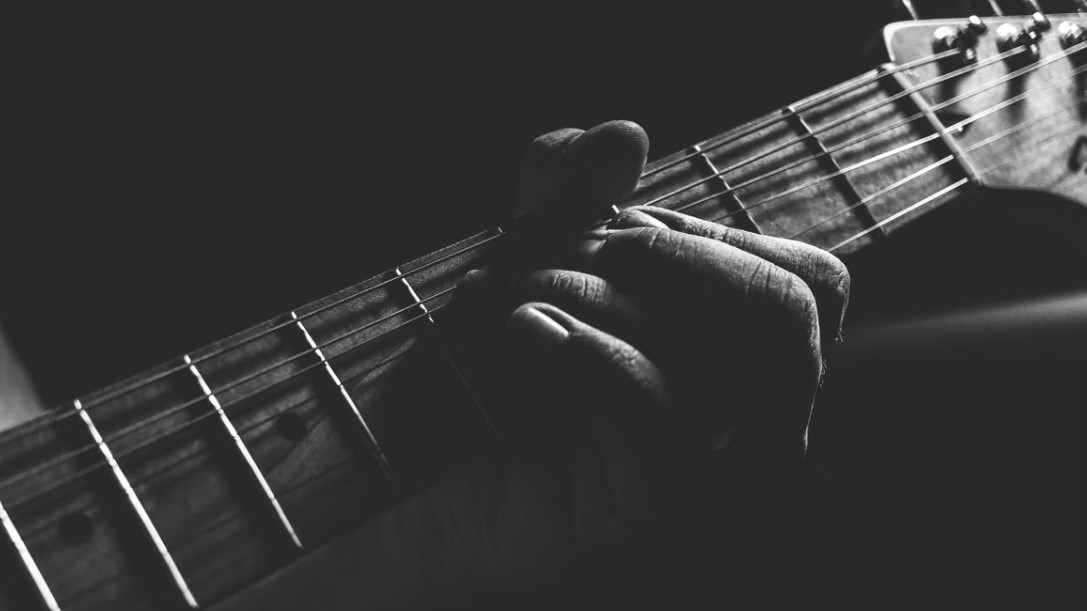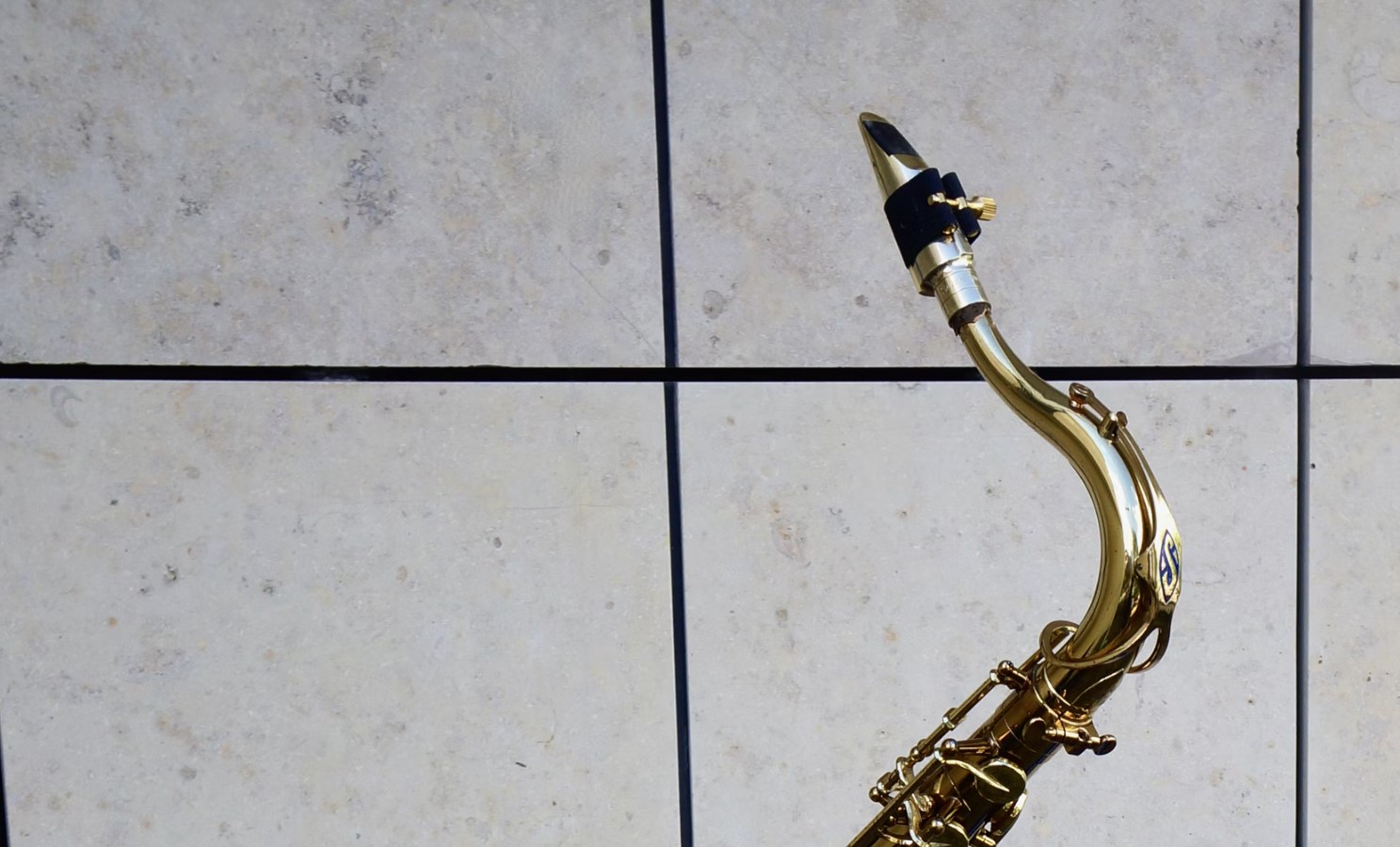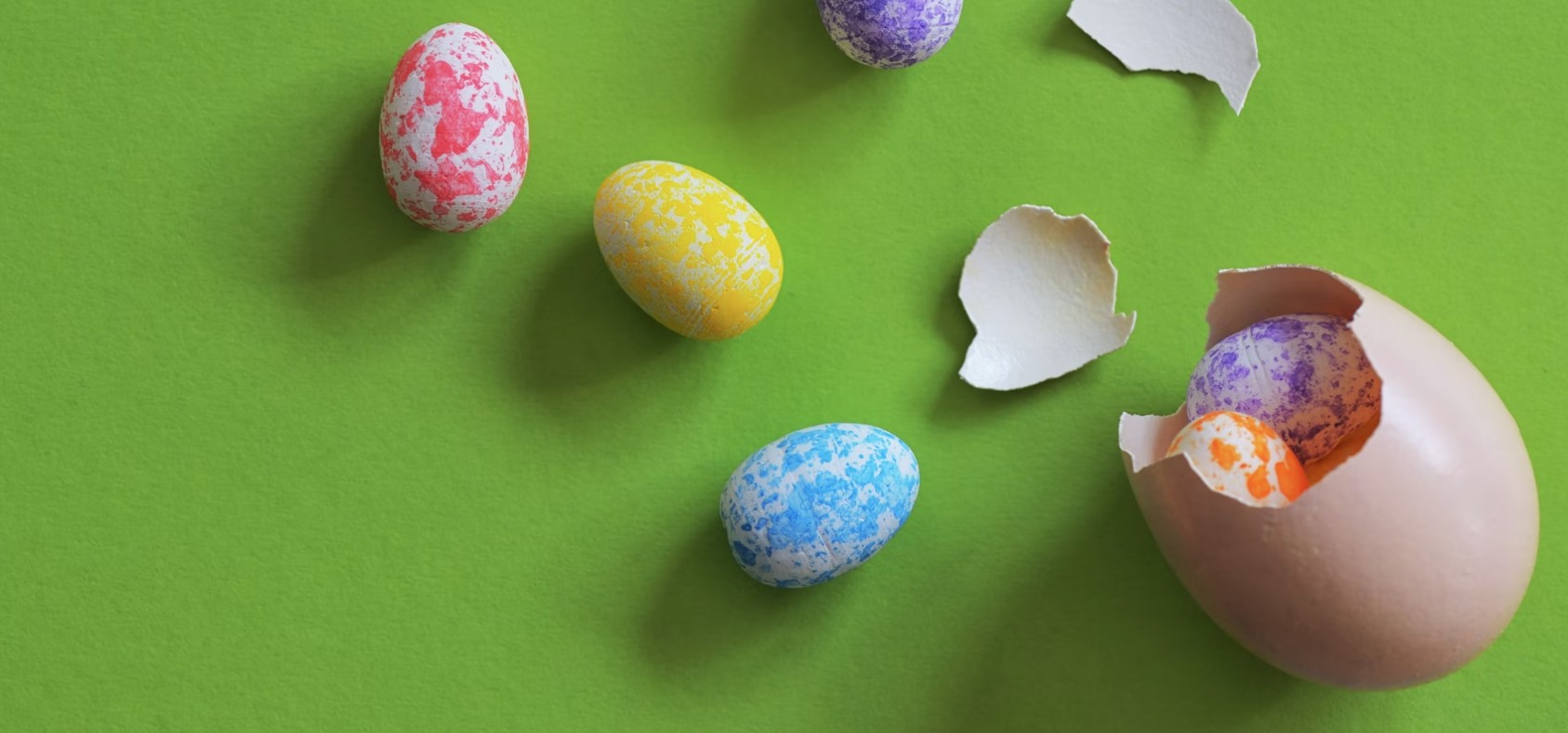Is The Guitar Used In Jazz Music?
Is the guitar used in jazz music?
From Wes Montgomery to Django Reinhardt, there are many famous jazz guitarists throughout history, but is the guitar a traditional and typical jazz instrument?
In honor of International Guitar Month, we are going to take a closer look at the role of the guitar in jazz music history.
Early Jazz: 1880s to 1920s
As we explored in an earlier blog post, jazz originated in New Orleans in the 1880s, where it developed from the African dance and drumming traditions of formerly enslaved peoples.
In early New Orleans jazz, the “front line” referred to the three instruments that were played simultaneously to create a melody: the cornet, clarinet, and trombone. These instruments were used for collective “call and response” improvisation.
During this early stage of jazz, the guitar usually wasn’t given a solo part; instead, it took on more of a supportive role. Guitars—along with drums, piano, and banjo—were used to create a steady, driving rhythm that contrasted nicely with the polyphony of the front line.
One of the first jazz-orientated string bands was led by guitarist Charlie Galloway in 1889. Buddy Bolden’s bands also usually had a guitarist, and Nick Lucas performed the unaccompanied guitar solos in his 1922 tunes “Pickin’ the Guitar” and “Teasing The Frets.” But, the most famous jazz guitarist of this early era was definitely Eddie Lang, who, beginning in 1925 popularized the guitar as a solo instrument and is thus known as the “father of the jazz guitar.”
Eddie Lang – I’ll Never Be The Same
Playing a Gibson L-4 guitar, Lang ultimately won the 1920s competition with the banjo, which was quickly becoming more commonplace than the guitar in jazz music. His contributions to the jazz guitar have inspired generations of musicians.
Big Band & Swing Eras: 1930s & 40s
Although guitar had won the battle to be a consistent part of jazz, they still didn’t typically take center stage and were often drowned out by large bands. In the 1940s, Charlie Christian gave the guitar a louder voice when he electrically amplified his Gibson ES 50. The guitar was no longer just the soft steady rhythm in the background; it could be heard alongside the saxophone ad trumpet, and thus became a force to be reckoned with.
Charlie Christian – Swing to Bop
Despite his early death at 25, Christian had a major influence on the role of the jazz guitar, especially when it came to playing intricate and impeccable solos, like this 1941 hit, “Swing to Bop.”
Innovations & Experimentation: 1950s & 60s
The 50s and 60s brought new foundations for the modern jazz guitar. Artists like Wes Montgomery, Joe Pass and Jim Hall experimented with different styles and techniques, like plucking the strings, extensive use of octaves and interactive improvisation in duos and trios. These innovators paved the way for jazz artists who were incorporating soul and R&B, like Grant Green.
Grant Green – Ain’t It Funky Now
With a unique and immediately recognizable sound that combines hard bop, soul jazz and bebop, Green’s bluesy and groovy guitar showcases the innovations of the 1960s & 70s.
Jazz-Rock Fusion & European Styles: 1970s & 80s
Rock guitarists like Jimi Hendrix influenced the jazz guitarists of this era to incorporate rock-style signal processing effects, like distortion ad flange pedals. At the same time, the delicate and ethereal sounds of European Jazz were also impacting jazz guitarists.
John McLaughlin – Peace Piece
A British pioneer of jazz fusion, McLaughlin blends rock, world music, Indian & Western classical music, flamenco, and blues!
This post was written by Blog Editor, Jacqueline Knirnschild.





